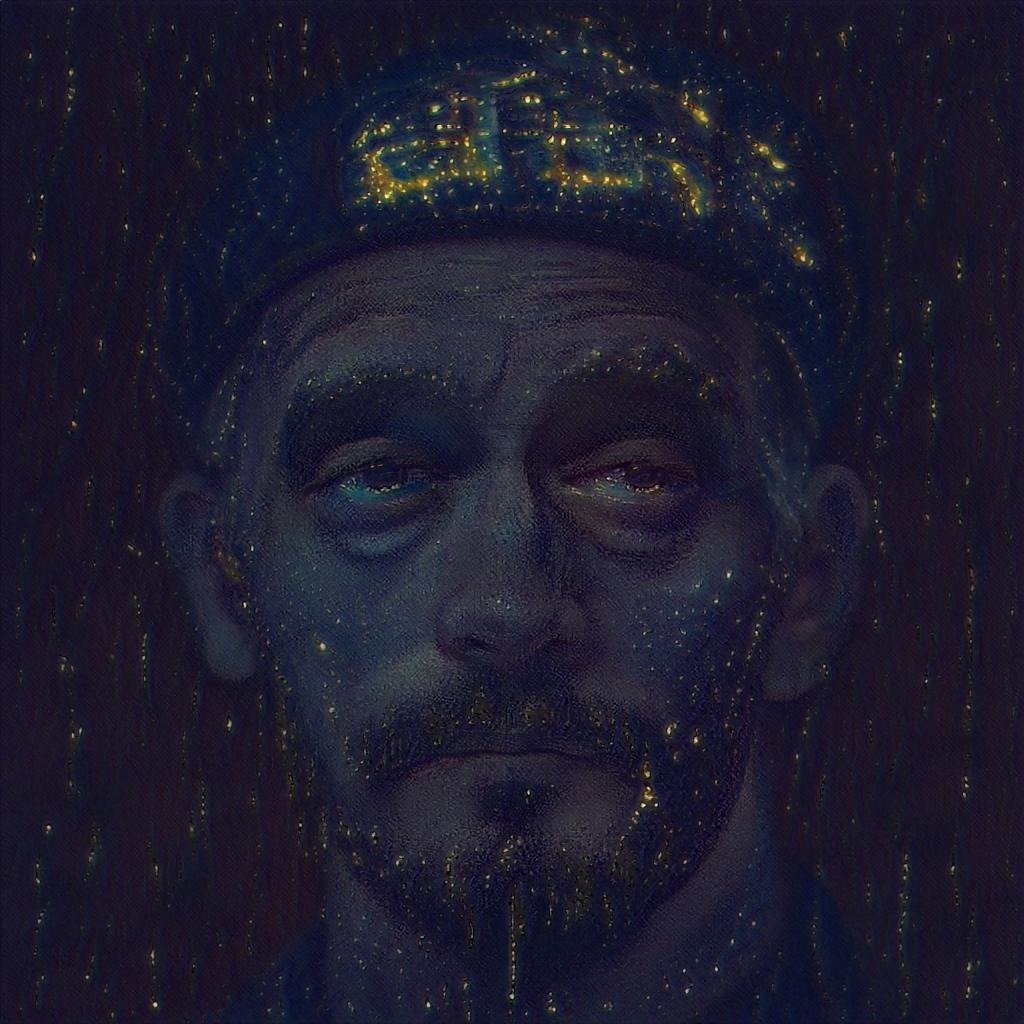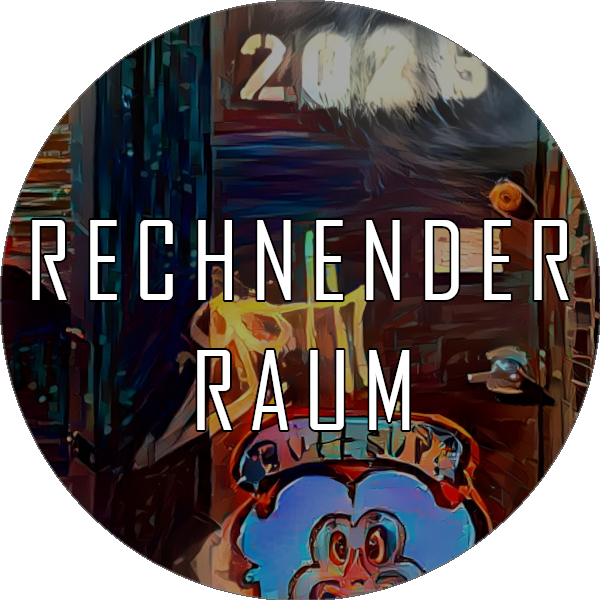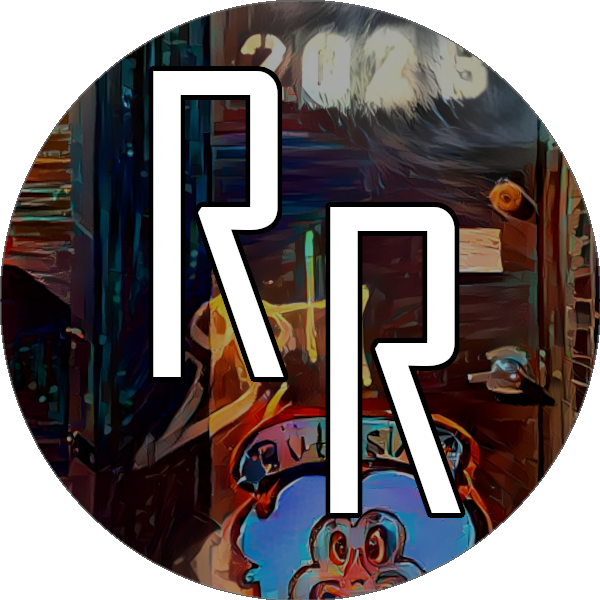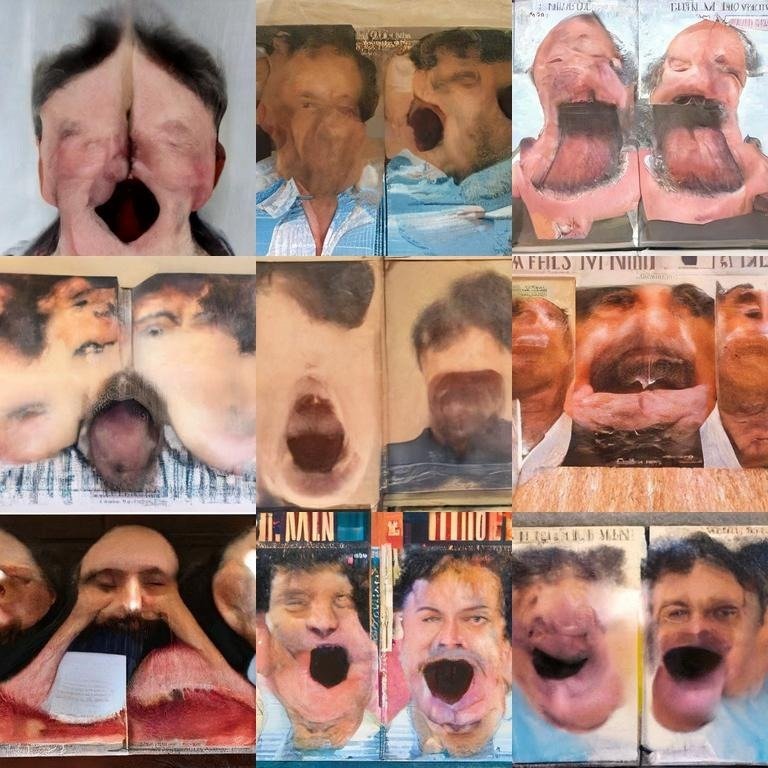
Pictor Ex Machina: An exhibition of Ai art
Art is dead, and we have killed it
THIS EXHIBIT IS STILL UNDER CONSTRUCTION. IMAGESETS, CREDITS, AND TEXT DESCRIPTIONS ARE INCOMPLETE AND MAY BE INNACURATE.
AI art is experiencing an exponential expansion across dimensions of realism, accessibility, stylistic diversity, and conceptual depth. As barriers to entry are lowered and giant corporations leverage their resources to train neural networks on hundreds of millions of images, we are rapidly approaching the stage at which visual art moves from an expression of painterly skill to a product of computational force.
Much as the invention of photography instigated a categorical shift in the role of the artist in the production of culture- freed, as Bazin put it, from the mechanical act of reproduction, and allowed instead to employ their skill in the expression of the imagination- so too will the advent of AI art accelerate the already dominant trend within the art world, the movement from imaginative expression to symbolic communication, by further yet lowering the barrier between imagination and creation.
As the “what” of art is devalued, the “why” and “how” of human-produced artwork will rise further into the fore; already so much of the value of an artwork persists not in the feat of its creation, but in the context of that creation. When skill is removed from the value an artwork presents, only those factors which are too complex or too specific to be replicated mechanically will maintain their value. Visual art will become, of necessity, the domain of storytellers; as one of the least informationally dense mediums, we cannot expect it to thrive in this role. The ambition of artist-as-career— already the fenced off domain of the lucky and nepotistically advantaged— may become entirely defunct.
At the same time, beyond the art-world as such, the democratization of the capacity for image-generation will become the scene of titanic social upheaval. Control over the manufacture of culture rests on a knife-edge, as open-source tools which leverage massive corporate computational resources may be subject at any moment to restriction and corporate dictation.
Visual art as a commodity is being pulled in two directions.
On the one hand, once trained, AI art generating tools require relatively little upkeep to keep operational. With this bottoming out of the human cost of art production, one can easily imagine visual art proliferating in the manner of a public utility, a system of infrastructures kept alive by government regulation and to which individuals are guaranteed access by right.
On the other hand, none of these regulations exist at present, nor even the political will to manufacture them. For the moment, giant corporations like Amazon and Google can restrict or employ their artificial intelligence models in any manner they wish— perhaps, as ease of use propels AI art to the fore, all of society’s visual creativity will be mediated through the censorship, control, and dictation of these entities, artistic expression constrained at every turn by corporate interest and the whims of invisible corporate power-brokers.
Rechnender Raum is proud to participate in this discussion right as it begins to unfold in all its complexity. All of the artwork in this exhibit has been generated by machines employed by our three AI artists— Katherine Crowson, John David Pressman, and Daniel Russel. These specialists in AI art have constructed an exhibition designed to show the state of the art— strengths and weaknesses of various methods, the response of the AI to unexpected prompts, pieces which have previously received attention online and achieved success on NFT markets, and more. Included with each artwork are three pieces of information- in the form of a title, the text prompt which was fed to the AI in order to generate the image; the human artist/technician who ran and configured the machine; and the tool which was used in its creation.
All pieces on display are available as prints and/or in NFT form on request, and can be seen in-person via print or projection at our physical location in DUMBO, Brooklyn.












































